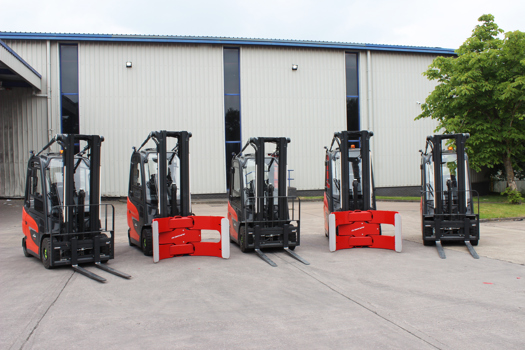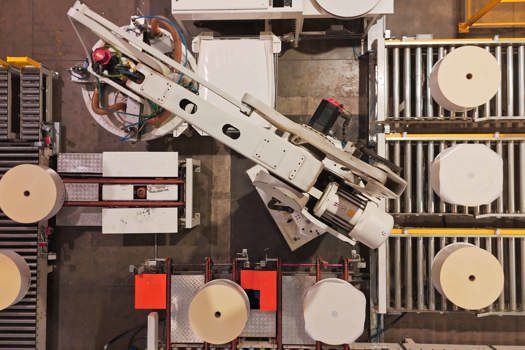"Personalisation with their name integrated right into the direct mail really works as emotional marketing," Tukaiz VP/managing director, Frank Defino Jr. told PrintWeek in an interview, adding that in some direct mail categories - such as college recruitment and driving attendance to booths at trade shows - response rates increased more than five-fold with the addition of personalised messaging.
"We provide image personalisation for smaller colleges looking to recruit and their rate of response has grown from 3% to 15% because the name is spelled out on the front of that direct marketing piece," he explained.
Defino stressed, however, that for direct mail personalisation to work it does need to be integrated into a multi-channel campaign. "Give them a personalised URL for a college recruiting program and when they go to that site, they're greeted with the same image that's on the direct mail - and that image can be served up along with whatever field the prospective student is interested in studying," he said. "With trade show marketing, we're getting similar response rates, especially when you attach an offer."
The family-owned Tukaiz has about 200 employees along with a host of digital and offset printing equipment, including two 40in Heidelberg CD 102 sheetfed presses. In many ways, Tukaiz can serve as an example of how commercial printers can thrive, even in a tough economy and in an era when print in being challenged by a host of electronic platforms.
Though the company is privately held, Defino revealed Tukaiz revenues have grown 135% over the past four to five years. "Part of that is doing work for the right vertical markets," he explained. "But as the industry has evolved we've always made a point of investing in our business, software, hardware infrastructure and employees. And with that the bottom line takes care of itself and everything in between tends to fall into place."
In the mid-1990s that meant seeing the future was going to involve finding opportunity in digital and online. "In the mid-90s we made a big transition from being a pre-press company - where we were sourcing a lot of printing and digital work to outside companies - into digital printing," Defino noted. "We were the second company in the United States to get into digital printing and at the same time we created an interactive division."
Tukaiz followed that up a decade later by pushing web-to-print. After initially relying on off-the-shelf web-to-print solutions, Defino said the company decided to build out its own internal software development. "We now have a team of 24 in-house creative and data developers and we've developed our own software in online print management and marketing," he added.
Called Backstage, Tukaiz's software solution enables clients to create a multi-channel campaign though any web browser in the world.
"Backstage allows clients to think differently about printing what they need," Defino explained.
"Many of today's marketers have little knowledge about printing technologies and paper stocks and the behind-the-scenes guts of the printing industry, so it's up to us to be able to inform them of that. A lot of them just come to us and say, 'Here's what I need, here are the elements, please figure out the best way to use these assets.' So we'll reverse engineer these campaigns and figure out which parts are better suited for digital and which are best suited for offset."
Though he considers the company far more of a marketing services production company than a commercial printer, Defino said offset still accounts for between 35%-45% of the company's overall business, adding that while Tukaiz is not investing in new offset equipment, it does devote time and money on maintenance to ensure the presses are running efficiently.
"What we find is that print is very much alive with the clients we do business with," he noted. "But to really make print successful, especially direct mail, you do need an integrated marketing campaign where you can use QR codes and personalised URLs to drive consumers from that first touch point - the direct mail piece - to further contact through their smart phone or web."
It's willingness to invest heavily in new technology, especially on the software side, has enabled Tukaiz to expand its reach geographically. "Most of our clients are local but we have developed a national client base in recent years, including companies without a Chicago presence," Defino said, adding commercial printers need to practice what they preach and use the equipment and expertise they have to market their own firms to both current and prospective clients.
Tweet
Tukaiz cites personalisation for revenue boost

Though there are few hard numbers yet on whether personalisation will be the new driver of traditional direct mail, Franklin Park, IL-based Tukaiz - along with several of its clients - have already become believers.









